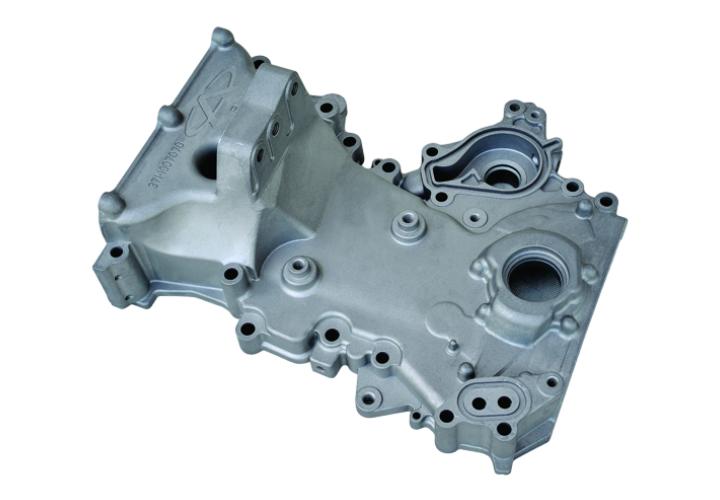22
2023
-
12
Six Ways to Increase Tooling Life
Author:
作者
Tooling life has been an important factor affecting the profitability of an injection mold maker. If reasonable methods can be used to make mold life beyond the design requirements, then the profitability of the company will be greatly improved. Here are some ways to improve mold life.
1. Correctly setting the mold locking force
It is very important to set the locking force correctly for each mold. If an operator uses too little locking force, injection pressure can exceed the mold locking force and blow open the mold during the injection process. If an operator uses excessive locking force, the injection molding machine will apply excessive compression on parting lines, vent areas and mold components, thus damaging the tool.
To avoid these situations,
2. Setting low pressure close.
Setting up a low-pressure close on the press to protect the mold. Set the high-pressure lock position to 0.05 higher than the actual mold contact position. Gradually reduce low pressure closing pressure until the mold is not locked. At this time, pressure rises slowly, allowing just enough pressure for the mold to transition from low-pressure to high-pressure lock up.
What’s more, set the mold closer time to 0.5 secs higher than the actual mold closing time requirement. For example, if the actual mold closing time is 0.85 seconds, set the mold closing timer to 1.35 seconds.
3. Correctly setting the mold opening and closing
Clamp speed affects cycle time, but faster speeds are not better, since they can cause tool wear or damage. It should ensure that the transition from close fast to close slow is smooth and the slow condition occurs before the pins and components match up. Make sure the transition between mold breakaway and mold open fast is also smooth, with the open fast segment occurring after all of the components are out of the mold.
4. Correctly setting up ejection
Incorrect setting points can shorten tool life due to excessive stroke or improper part ejection, resulting in part closure between mold halves. It is necessary to eject the parts from the mold correctly according to the separation amount required by the actual product. Too much ejection will have too much pressure on the ejector pins. In addition to the injection volume, injection pressure should not be set too large, ensure pressure set points only use the required amount.
5. Correctly setting mold watering
Mold temperature is too high and will have a negative impact on mold life, so mold temperature limit to a minimum requirement for acceptable part aesthetics. Also, ensure that the temperature difference between the moving tool side and the fixed tool side does not exceed 6 °C. Higher above this scope will lead to difference of the thermal deformation between the two sides of the mold, resulting in the problem of the opening and closing of the mold is not smooth, and the wear or damage of the mold.
6. Mold cleaning and maintenance
In the production environment, always check, clean and grease the molds a minimum of once per shift. During the process, watch for signs of wear, such as scratch, parting line wear, burr and metal chips.
Develop a regular preventive maintenance plan, keep records of mold maintenance and review repetitive maintenance events to establish preventive maintenance frequency, which will help to reduce unplanned maintenance events. Check whether slide slots are greased and that slides are working normally. Pay attention to signs of detent failure and loose gibs.
Make sure that the slide is in the correct position when you exit the mold after each cleaning and inspection. When the mold cannot be used for more than 6 hours, please use rust preventative, and thoroughly cover the texture and polishing area to prevent rust.
Previous Page
03
2025-11
Aluminum Prototype Casting: A Comprehensive Guide to Precision Engineering
31
2025-10
Understanding Die Casting Molds: Key Insights for Professionals in the Manufacturing Industry
28
2025-10
Elevating Quality Standards: The Role of Aluminum Casting in Mechanical Processing
25
2025-10
22
2025-10
Efficiency Redefined: Advancements in Zinc Die Casting for Molding
19
2025-10
Understanding Die Casting Machines: An Essential Guide for Metalworking Professionals
16
2025-10
Unleashing the Potential of Aluminum Die Casting in Modern Manufacturing
GM Diecasting Technology Co.,Limited.
Add:Building 1-5, Chongke Road, Shipai Town, Dongguan City, Guangdong Province
Email:henry@gmdiecastingtech.com
Email:lily@gmdiecastingtech.com
Tel:+8613680864695






